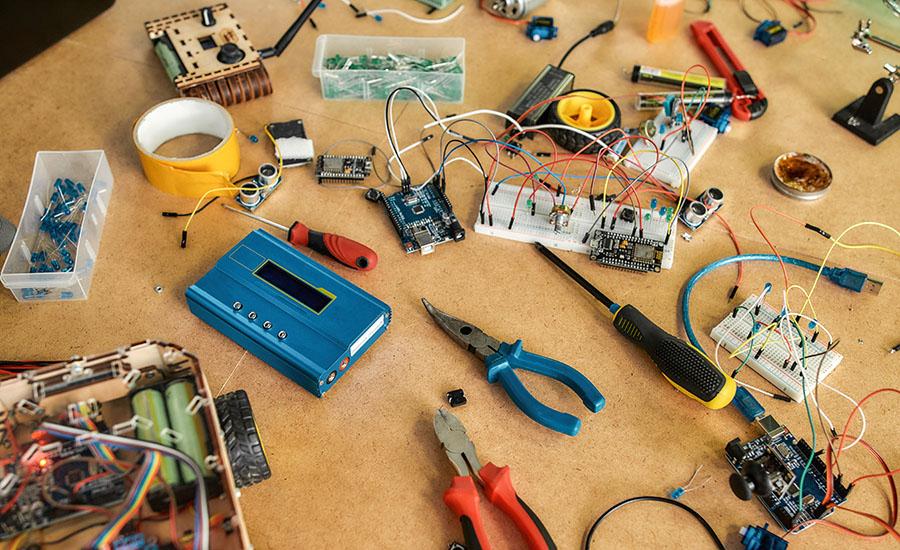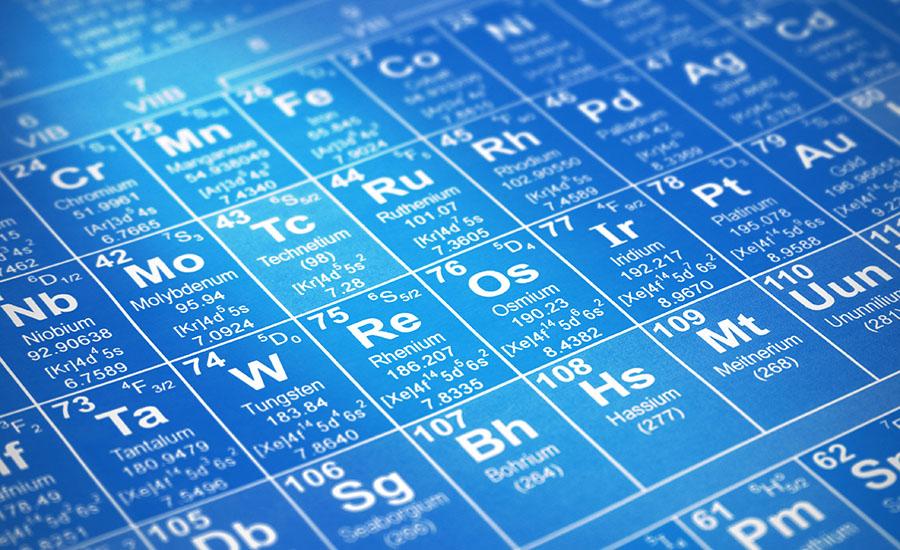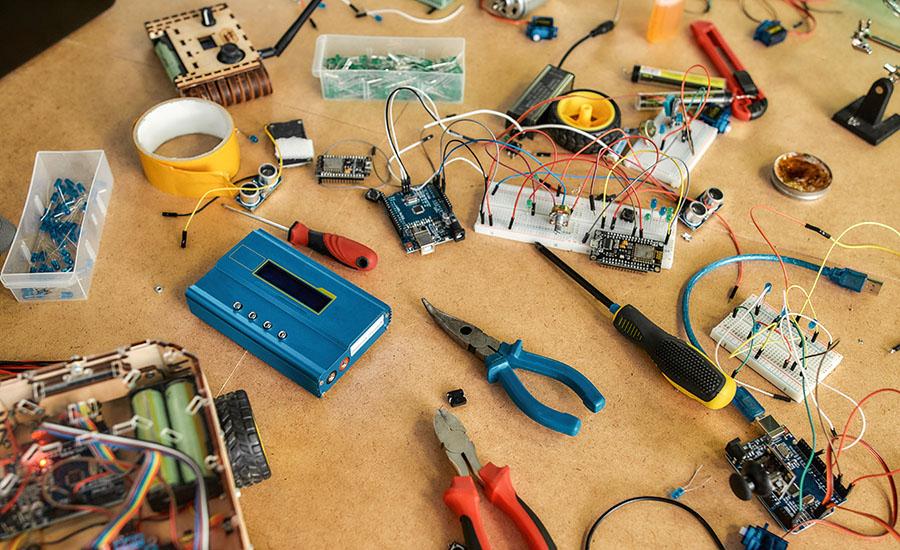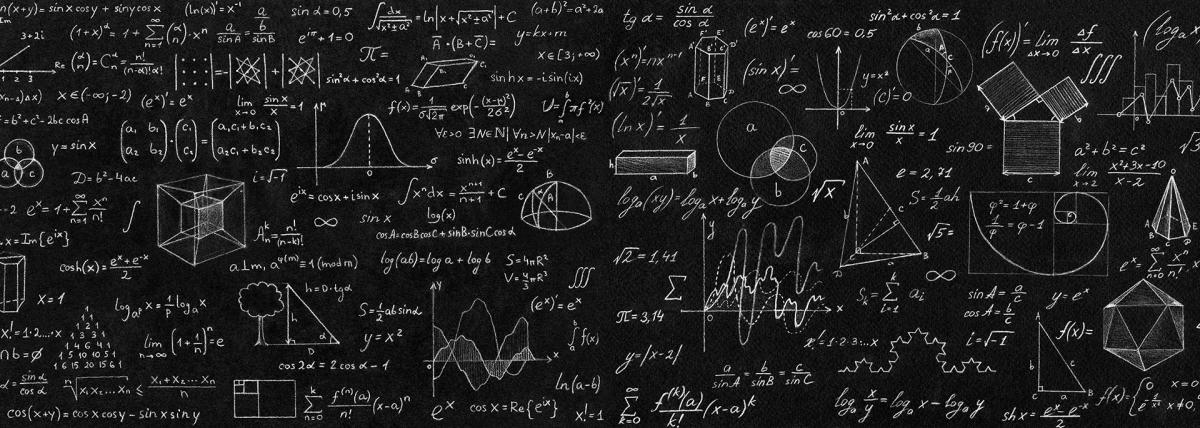
Electrical Energy
by Victoria Rackley
In this lesson plan, high school students will explore the concepts of AC and DC currents through hands-on experimentation. The lesson begins with a brief discussion on the fundamentals of alternating current (AC) and direct current (DC), highlighting their differences and common applications. Students will then form small groups and use a digital multimeter (DMM) to measure and compare the outputs of both AC and DC generators. Each group will connect their generators to an LED and a battery, observing how the LED lights up differently with each type of current. They will use the DMM to measure voltage and current, recording their findings and analyzing the efficiency and behavior of the circuits. This practical activity will reinforce theoretical knowledge, allowing students to visualize and understand the real-world implications of AC and DC currents. The lesson will conclude with a discussion on the advantages and disadvantages of each type of current in various applications, such as household electricity and portable electronic devices.
Lesson Plan Link/URL
https://docs.google.com/presentation/d/1-qQgh8jKh60QYWfe_WD_5yNa4BgxiJLp/edit?u…Related Content

Grades:
10th Grade, 11th Grade, 12th Grade
This is a phenomena-based introduction to how emission spectra of elements and the connection to electrons and energy levels. Students first get to explore the emission spectra of several gases using

Grades:
8th Grade, 9th Grade, 10th Grade, 11th Grade, 12th Grade
I use this egg drop/crash lesson as an introduction to Energy and Energy Transfer in physics. Students understand basic kinematics, but I generally conduct this lesson before projectile motion, but it

Grades:
9th Grade, 10th Grade, 11th Grade, 12th Grade
This is a hands-on lesson for both science and math exploration. Students use tape to explore the forces between charges and come up with a mathematical expression for how that works! They create a